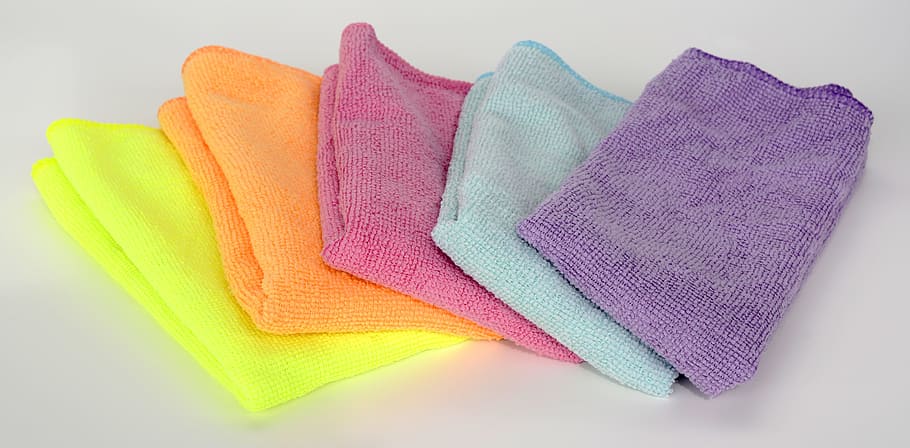Wheelchairs are wonderful, to say the least! They help us be mobile and give us better access to where we need to be. Of course, because they go everywhere we do, they do get dirty. So, let’s explore how to clean a wheelchair and disinfect it.
From seat to upholstery, to wheels….
How to clean a wheelchair during COVID-19
Cleaning your wheelchair helps keep it in tip top shape, and being in good condition means it lasts longer. Plus having a clean and fresh smelling wheelchair also feels great.
And nowadays because of COVID-19 there even more health reasons to clean and disinfect your wheelchair on a regular basis.
Many of us use our wheelchair in public spaces daily. That means that either we and/or our caregivers touch door handles, railings and many other surfaces and then touch our wheelchair. Even at home there are germs lurking everywhere
Did you know most people encounter roughly 60,000 germs every day? The vast majority are harmless, of course, but some aren’t.
Washing and disinfecting our wheelchair is critical for our health, however, it’s also an important part of regular wheelchair maintenance. Doing so means you’re more likely to pick up on potential problems and fix them before they escalate.
And speaking of COVID, here are our tips for how to practice safe social distancing.
Steps for cleaning your wheelchair’s hard surfaces
Peter Axelson is a wheelchair user, designer, and engineer. He’s put together a simple routine for cleaning the hard surfaces of your wheelchair three times a day.
His cleaning routine can be done while sitting in your wheelchair. Here’s how:
- Wash your hands
- Soap up and wring out two cotton cloths or use antibacterial wipes
- Wipe down the following:
- Wheel locks
- Frame in front of your cushion
- Arm supports
- Push handles
- Removable foot supports
- Slide the washcloths/wipes on the wheel rims while you push your wheelchair for about six metres. If you’re in a small space, like a bathroom, move in a circle with one wheel stationary then switch to the other wheel until both are rims are clean.
- Repeat this process with a second set of cloths/wipes to clean your tyres. Keep this set of cloths reserved for your tyres only.
Watch the video and follow these steps first thing in the morning, then at midday and again at the end of the day. We get that not everyone has the time nor the ability to clean a wheelchair this often – this is just a ‘best practice’ suggestion.
If you go out, then you should clean again to remove any harmful bacteria that you might have picked up.
We also advise that you maintain your wheelchair by repeating the steps with a dry cloth to keep your wheelchair rust free.

Powered wheelchair cleaning
If you have a powered wheelchair, always make sure the power is off before cleaning. Carefully disinfect the joystick/controls with a damp cloth and if you have a screen use a dry lint cloth to clean it.
Remember, power wheelchairs are not completely waterproof, so take care to check your owner’s manual before you start cleaning. Here’s a video to get you started.
How to clean your wheelchair upholstery
Some say you should wash your upholstery once a month, while others recommend it occurs once a week. If your wheelchair is out and about, or prone to accidents and spills, then this needs to be done more often.
The best techniques for cleaning different types of wheelchair upholstery are:
Leather
A small paintbrush or toothbrush works well to remove any fleck of dust and lint that can get trapped in the sides. Once you’ve done this, use a damp cotton cloth to wipe down the seat and backrest. Use a second dry cotton cloth to wipe dry. Leave it to air dry completely for between 30 and 60 minutes if possible.
Fabric
Unless your owner’s manual says you can wash the seat cover in a washing machine, it’s best to wash it by hand. This is gentler on the stitching and material. If the seat has an inner cushion that comes out, remove this before washing the cover. Wash removable and fixed upholstery with a damp cotton cloth using a mild soap solution of dish soap and warm water. Wipe down with a damp cloth to remove the soap. Dry the seat cover in a laundry bag on the washing line to prevent sun damage.
Vinyl
Vinyl is the easiest to maintain as you can wipe it down with a damp cloth daily. Follow the same instructions as for the fabric seat as often as required.
Materials for keeping a wheelchair clean:
Here’s a list of materials you might find useful to clean your wheelchair:
- Cotton cloths
- Microfibre cloths
- Dish soap
- Compressed air can duster (for spraying hard to reach nooks and crannies where lint and dust settle)
- Toothbrush (for scrubbing hard to reach places, especially where parts meet)
- Wire brush (for removing hair/lint from velcro)
- Disinfectant wipes (for a quick wipe between cleans to keep germ free)
- Disinfectant spray (spray your chair after cleaning it to keep lurking germs away for longer)
There are many makes and models of wheelchairs and not all of them will be best cleaned the exact same way. So before cleaning your wheelchair, check your owner’s manual or ask your supplier if you’re unsure whether a certain product or method is safe. Also, use products that are safe for your skin and won’t cause irritation or allergies.
Always let the upholstery dry completely before using it. Using wet or damp upholstery will wear it out much quicker and cause damage.
More clean wheelchair tips
In an interview with the Mobility Project, Physical therapist Tricia Garven advises against using a towel or pillowcase on your seat to keep it cleaner for longer. This is because the seat is designed to provide proper support. So even if the added layers keep it clean, they’re preventing you from optimum use of your wheelchair.
Avoiding using an additional covering might result in washing your seat cover more often. Consider investing in a second seat cover if you end up getting frustrated with having to wait to use your wheelchair while the seat cover is drying.
Read our User’s Guide to Wheelchairs to find out all about choosing, buying, and using your wheelchair.

Wheelchair maintenance
Cleaning a wheelchair regularly is also a good chance to check for the first or subsequent signs of wear and tear. You get to know your wheelchair even more intimately, which means you’re likely to catch issues before they cause significant damage.
Want more info on wheelchair maintenance? Here are our tips on how to maintain your wheelchair (and a mobility scooter).
If you discover that any of the components have broken, are worn or loose, replace them as soon as possible. Here are some examples of things to look out for:
- Loose stitching
- Tears or cracks in the upholstery
- Loose screws
- Rusty screws
- Broken or bent spokes
Of course, you might notice other things too. Always try to replace or repair worn and broken parts without delay, to limit any knock-on effects to other parts. If you’re concerned about the cost, consider how much more damage can happen to the wheelchair if problems that are currently ‘minor’ are ignored.
Given how much you use your chair, it’s a good idea to consider wheelchair insurance. It can reduce the cost of repairs or replacement in the case of accident or theft, so you can get back on your wheels quickly and easily.
Still deciding? Read our customer testimonials to find out how insurance has helped to protect their mobility equipment.
Cleaning a wheelchair – over to you
Share your tips on how to clean your wheelchair in the comments.








